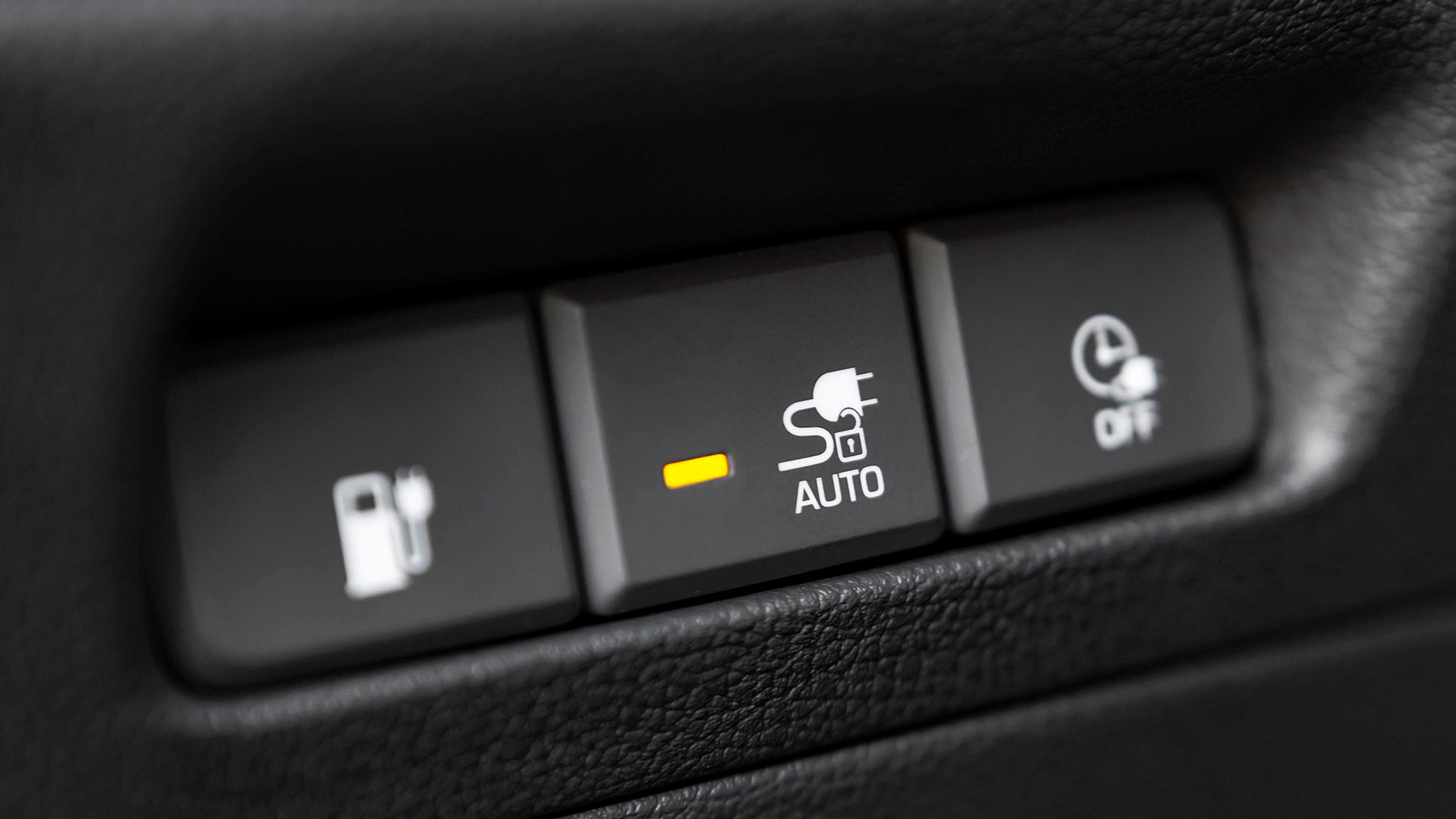
[Jack Alymer]
PICTURE THIS.
YOU DECIDED TO BUY AN ELECTRIC VEHICLE.
YOU’RE CRUISING DOWN THE HIGHWAY WHEN SUDDENLY YOUR BATTERY RUNS OUT, LEAVING YOU STRANDED ON THE SIDE OF THE ROAD.
THE FEAR IS COMMON – SO MUCH SO IT’S BEEN DUBBED ‘RANGE ANXIETY’.
AND IT’S ONE OF THE BIGGEST CHALLENGES FACING MASS E-V ADOPTION.
A RECENT STUDY FOUND MORE THAN 80 PERCENT OF PEOPLE HAVE HESITATED PURCHASING AN ELECTRIC VEHICLE BECAUSE OF THESE CONCERNS.
BUT LET’S PUMP THE BRAKES A BIT – ONE COMPANY MAY HAVE A PASSIVE SOLUTION.
TACTILE MOBILITY IS WORKING TO PRODUCE REGENERATIVE BRAKING TECHNOLOGY THAT WOULD EXTEND THE LIFE OF A BATTERY.
[Boaz Mizrachi | co-founder and chief technology officer of Tactile Mobility]
“This is something that is a must have, okay, because it’s almost no cost and increases the efficiency of the vehicle and the performance of the vehicle.”
[Jack Alymer]
A MECHANISM WITHIN THE VEHICLE WOULD CAPTURE THE KINETIC ENERGY CREATED WHEN A DRIVER HITS THE BRAKES.
THAT ENERGY IS THEN CONVERTED INTO ELECTRICAL POWER WHICH CHARGES THE EV’S BATTERY.
WHILE MANY FULLY ELECTRIC AND HYBRID MODULES ALREADY UTILIZE THIS TYPE OF TECHNOLOGY, TACTILE MOBILITY IS TAKING THE EFFICIENCY TO A NEW LEVEL.
[Boaz Mizrachi | co-founder and chief technology officer of Tactile Mobility]
“If we can provide the exactly a new level, the exact friction coefficient that you have at each moment, when while you drive on the road, then you can use that and extend the magnitude of power harvesting while braking, the recuperative braking. And this, in turn will increase the battery range.”
[Jack Alymer]
USING SENSORS TO MEASURE VARIOUS FUNCTIONS OF A CAR WHILE IT’S ON THE ROAD – THE VEHICLE CAN USE THAT REAL TIME DATA TO MAKE ADJUSTMENTS.
OPTIMIZING THE AMOUNT OF ENERGY CREATED FROM REGENERATIVE BRAKING.
KEEPING EV DRIVERS ON THE ROAD LONGER AND SAVING THEM MONEY ON RECHARGING COSTS.
[Boaz Mizrachi | co-founder and chief technology officer of Tactile Mobility]
“You can learn a little bit about the performance of your vehicles in different situations, what is the optimal speed, what is the optimal configuration of my adduction control, etc. And accordingly, you can extend the range and the better and faster regenerative charging.”
[Jack Alymer]
TACTILE MOBILITY BELIEVES THIS WILL BE A GAME CHANGER GOING FORWARD.
WITH EV-S PROJECTED TO HIT NEARLY 50 PERCENT OF AMERICAN AUTO SALES COME 20-35, THE COMPANY SAYS HOPES THEIR TECHNOLOGY WILL START BECOMING ALMOST UNIVERSALLY UTILIZED BY THEN.
[Boaz Mizrachi | co-founder and chief technology officer of Tactile Mobility]
“I think that in 10 years from now, maybe 15 years from now, every car will have a tactile software inside.”







